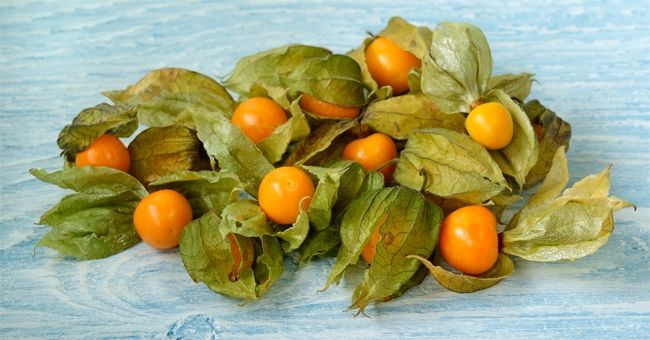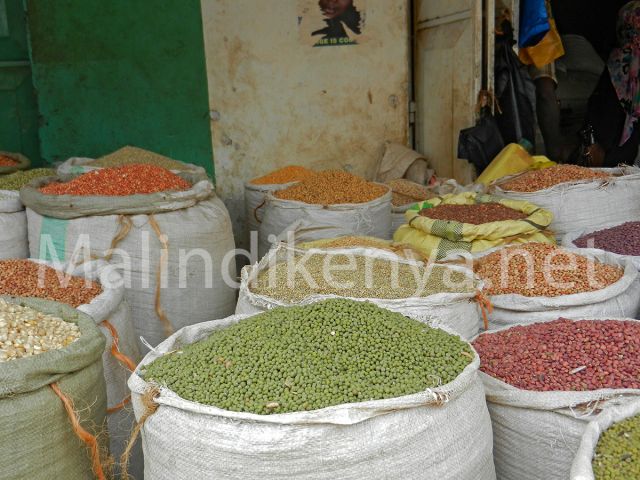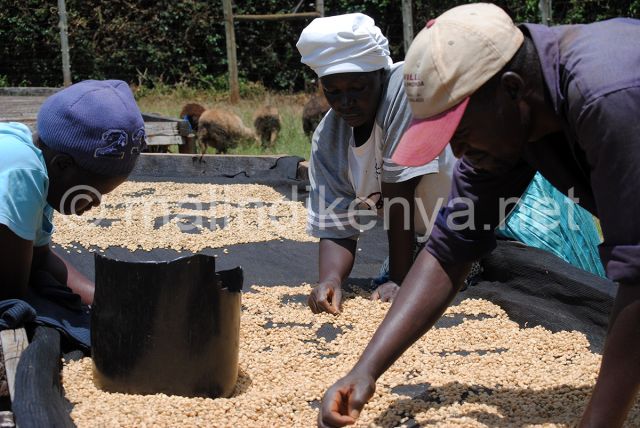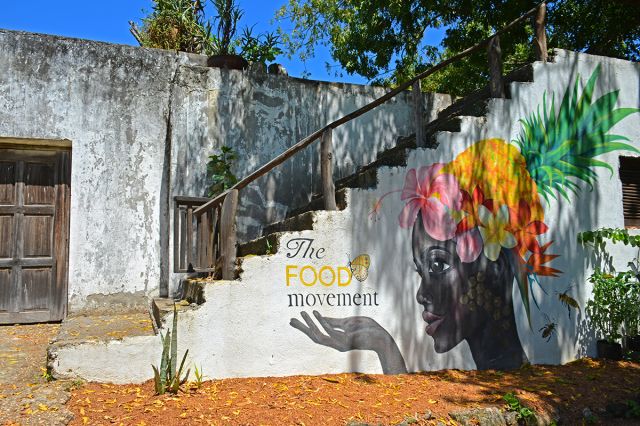
FRUIT
04-09-2019 by Leni Frau

We at Malindikenya,net have recently seen them peel and eat at some women's revolutions along the Galana River, but it is present on Lake Victoria and a little 'in all the green areas of Kenya.
In Kenyan supermarkets and from the most quoted greengrocers it is not easy to find, if not already in the form of clean and packaged berries.
We are talking about alchechengi or alchechengio (here in Kenya we use the English word: Cape Gooseberries) or the fruit of the perennial plant Physalis Alkekengi that belongs to the family of Solanaceae such as tomatoes and potatoes.
These are small berries that look like cherry tomatoes, collected in a casing of very thin leaves reminiscent of a lantern, in fact it is known by many as the "plant of Chinese lanterns". In fact, its name derives from the Arabic word al-kakang, which means "lantern".
Originally from Asia, it is now easy to find crops in Kenya (those who speak the Luo language know it as Nyamtonglo, while the Kikuyu call it Nathi, the Kisii Chinsobosobo and the Kamba Ngondu) and throughout Central Africa.
The Alchechengi can be eaten as it is, the important thing is to remove the wrapping in which the berries are found. The leaves that cover it are not edible because they contain high doses of solanine, a toxic substance. It contains a very large amount of vitamin C, citric acid, tannin and sugar. Thanks to the presence of Vitamin C and other active ingredients that promote the well-being of the immune system, these fruits are also useful to keep away from seasonal ailments as well as other types of infections such as cystitis. As we know, this vitamin is also able to help the body in case of colds, flu, etc.. favoring a faster recovery. That's why Alchechengi can be considered a bit like a natural aspirin. The berries are yellow-orange, resemble small tomatoes, do not contain much juice and have a slightly acidic taste reminiscent of tomato and raspberry but also of citrus fruits. From the berries you can get an excellent jam and a real delicacy if covered with chocolate. They can be eaten alone or added to salads. If dried slightly, they can be pickled or in brine. The alchechengi is also very decorative: just turn the orange berry and keep the thin skin similar to rice paper that covers the fruit. The resulting shape is very suggestive and can really be an elegant touch to embellish fruit salads, desserts and desserts.
NEWS
by redazione

The Ministry of Trade and Industry of Kenya has decided to close all shops selling retail products or materials...
ECONOMICS
by Freddie del Curatolo

From now on, it will be possible from Kenya to export products to 27 European Union countries duty-free, to...
PLACES
by Freddie del Curatolo

Until 30 years ago, Kilifi was the Happy Valley on the Kenyan coast.
Just...
by redazione

The Sands at Nomad, an excellence in food and wine, as well as hospitality, of the Italian resort...
NEWS
by redazione

Three suppliers of products and services of an Italian tour operator in Watamu have approached...
NEWS
by redazione

Kenya will be one of the protagonists of the 39th edition of Macfrut, the global exhibition dedicated to...
EVENTS
by redazione

It happens every first Saturday of the month: the traditional Farmer's market takes place at Driftwood Club in Malindi, with its organic and natural products. From the first morning, the meeting is at the garden of the wonderful resort near the indian ocean, on...
RECIPES
by redazione

Chutney is a typical sweet-and-sour British sauce made with fruit or green tomatoes. It is excellent as a sauce for flavouring meat and fish foods.
The British took her to Kenya during colonialism and tried the variants with exotic fruit. Here...
EVENTS
by redazione

As every first Saturday of the month, the traditional market of handicrafts and organic and...
NEWS
by redazione

A new endless swarm of desert locusts threaten Kenya, but this time they have gone as ...
COOPERATION
by Freddie del Curatolo

Concrete help to the populations of one of the most troubled areas of Kenya, West Pokot, thanks...